This article was co-authored by Luba Lee, FNP-BC, MS and by wikiHow staff writer, Aly Rusciano. Luba Lee, FNP-BC is a Board-Certified Family Nurse Practitioner (FNP) and educator in Tennessee with over a decade of clinical experience. Luba has certifications in Pediatric Advanced Life Support (PALS), Emergency Medicine, Advanced Cardiac Life Support (ACLS), Team Building, and Critical Care Nursing. She received her Master of Science in Nursing (MSN) from the University of Tennessee in 2006.
There are 9 references cited in this article, which can be found at the bottom of the page.
wikiHow marks an article as reader-approved once it receives enough positive feedback. This article received 11 testimonials and 100% of readers who voted found it helpful, earning it our reader-approved status.
This article has been viewed 1,805,192 times.
If you or a loved one is feeling under the weather, checking for a temperature can help gauge if you need medical attention. But how can you do that when you’ve checked every cabinet and drawer, and the thermometer is nowhere to be found? There are a few other simple ways to tell if someone has a fever, and you have everything you need already—your hands and eyes. With this list, we’ll teach you how to check for a fever without a thermometer and when to call the doctor.
Things You Should Know
- Use the back of your hand to see if you or your loved one’s forehead is warm, as that’s a leading sign of a fever.
- Check to see if you or your loved one is sweating or shivering without cause—the body may be reacting to its internal temperature.
- Call a doctor if the fever persists for more than 3 days or worsens with time.
Steps
Expert Q&A
Did you know you can get expert answers for this article?
Unlock expert answers by supporting wikiHow
-
QuestionWhat if your fever is 94?
 Carlotta Butler, RN, MPHCarlotta Butler is a Registered Nurse in Arizona. Carlotta is a member of the American Medical Writers Association. She received her Masters of Public Health from the Northern Illinois University in 2004 and her Masters in Nursing from the University of St. Francis in 2017.
Carlotta Butler, RN, MPHCarlotta Butler is a Registered Nurse in Arizona. Carlotta is a member of the American Medical Writers Association. She received her Masters of Public Health from the Northern Illinois University in 2004 and her Masters in Nursing from the University of St. Francis in 2017.
Registered Nurse
-
QuestionI have had a fever for three days now and I am getting overheated at night. What should I do?
 Carlotta Butler, RN, MPHCarlotta Butler is a Registered Nurse in Arizona. Carlotta is a member of the American Medical Writers Association. She received her Masters of Public Health from the Northern Illinois University in 2004 and her Masters in Nursing from the University of St. Francis in 2017.
Carlotta Butler, RN, MPHCarlotta Butler is a Registered Nurse in Arizona. Carlotta is a member of the American Medical Writers Association. She received her Masters of Public Health from the Northern Illinois University in 2004 and her Masters in Nursing from the University of St. Francis in 2017.
Registered Nurse
-
QuestionWhat should I do if I'm are tired and struggling to breathe?
 Luba Lee, FNP-BC, MSLuba Lee, FNP-BC is a Board-Certified Family Nurse Practitioner (FNP) and educator in Tennessee with over a decade of clinical experience. Luba has certifications in Pediatric Advanced Life Support (PALS), Emergency Medicine, Advanced Cardiac Life Support (ACLS), Team Building, and Critical Care Nursing. She received her Master of Science in Nursing (MSN) from the University of Tennessee in 2006.
Luba Lee, FNP-BC, MSLuba Lee, FNP-BC is a Board-Certified Family Nurse Practitioner (FNP) and educator in Tennessee with over a decade of clinical experience. Luba has certifications in Pediatric Advanced Life Support (PALS), Emergency Medicine, Advanced Cardiac Life Support (ACLS), Team Building, and Critical Care Nursing. She received her Master of Science in Nursing (MSN) from the University of Tennessee in 2006.
Board-Certified Family Nurse Practitioner
Warnings
- Fevers are often caused by ordinary sickness, but persistent fevers could be from a virus, bacterial infection, or autoimmune or chronic disorders.⧼thumbs_response⧽
References
- ↑ https://www.ncbi.nlm.nih.gov/pmc/articles/PMC28626/
- ↑ https://www.mayoclinic.org/diseases-conditions/fever/in-depth/fever/ART-20050997?p=1
- ↑ https://www.healthychildren.org/English/health-issues/conditions/fever/Pages/Signs-and-Symptoms-of-Fever.aspx
- ↑ https://my.clevelandclinic.org/health/symptoms/10880-fever
- ↑ https://my.clevelandclinic.org/health/symptoms/17669-muscle-pain
- ↑ https://my.clevelandclinic.org/health/symptoms/10880-fever
- ↑ https://my.clevelandclinic.org/health/symptoms/10880-fever
- ↑ https://kidshealth.org/en/parents/fever.html
- ↑ https://www.mayoclinic.org/diseases-conditions/dehydration/symptoms-causes/syc-20354086
- ↑ https://kidshealth.org/en/parents/fever.html
- ↑ https://www.pennmedicine.org/for-patients-and-visitors/patient-information/conditions-treated-a-to-z/common-cold
- ↑ https://www.mayoclinic.org/diseases-conditions/fever/symptoms-causes/syc-20352759
- ↑ https://www.mayoclinic.org/diseases-conditions/fever/symptoms-causes/syc-20352759
About This Article
To check a fever without a thermometer, feel your forehead or neck with the back of your hand to see if it feels hot, which could be a sign that you have a fever. Also, check if your face is redder than usual, which can also be a fever symptom. If you're experiencing fatigue, body aches, nausea, or chills in addition to a hot forehead or red face, you could have a fever and you may want to take a fever-reducing medication to alleviate your symptoms. To learn more from our Registered Nurse co-author, such as when to seek medical attention, keep reading!
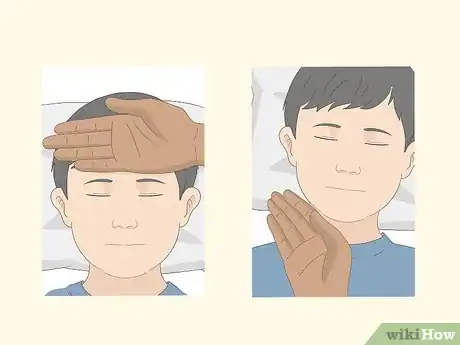
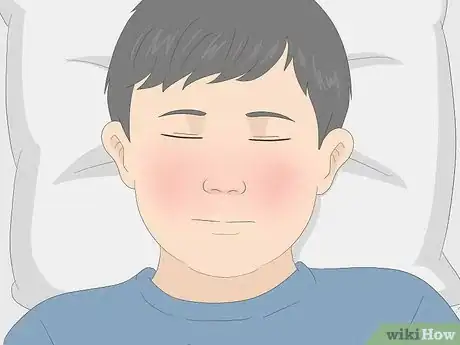
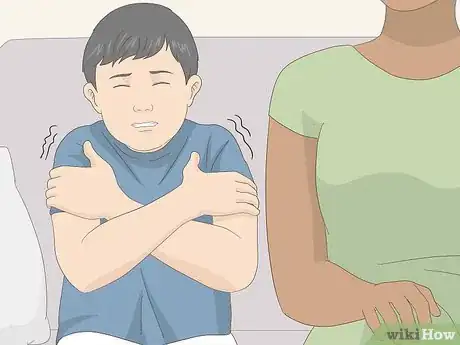
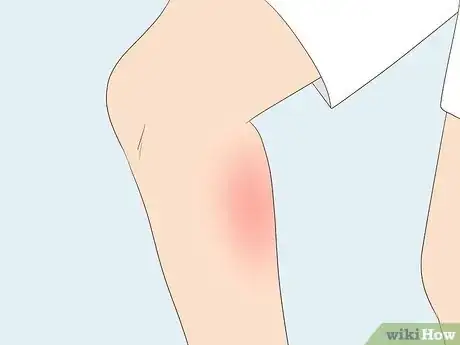


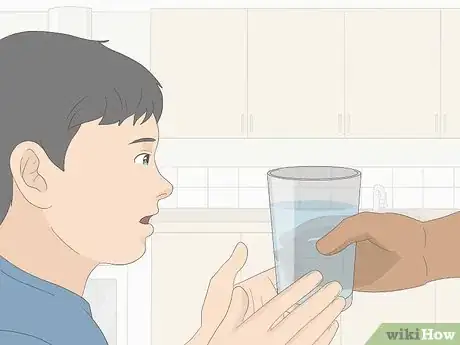

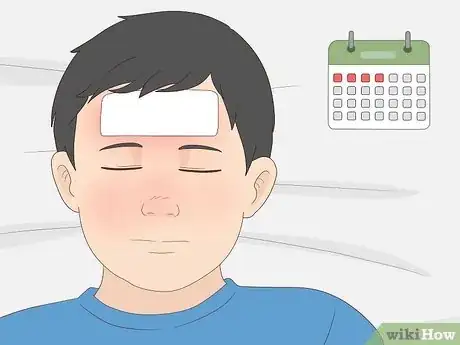
-Step-6-Version-4.webp)




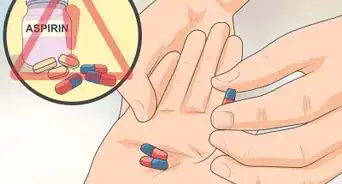
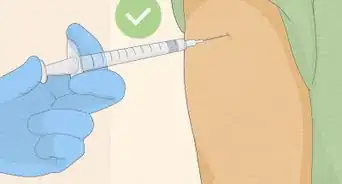
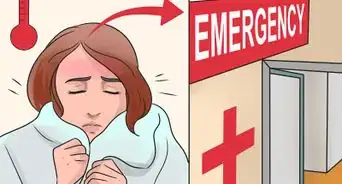

















-Step-6-Version-4.webp)

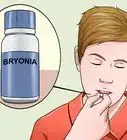




































Medical Disclaimer
The content of this article is not intended to be a substitute for professional medical advice, examination, diagnosis, or treatment. You should always contact your doctor or other qualified healthcare professional before starting, changing, or stopping any kind of health treatment.
Read More...